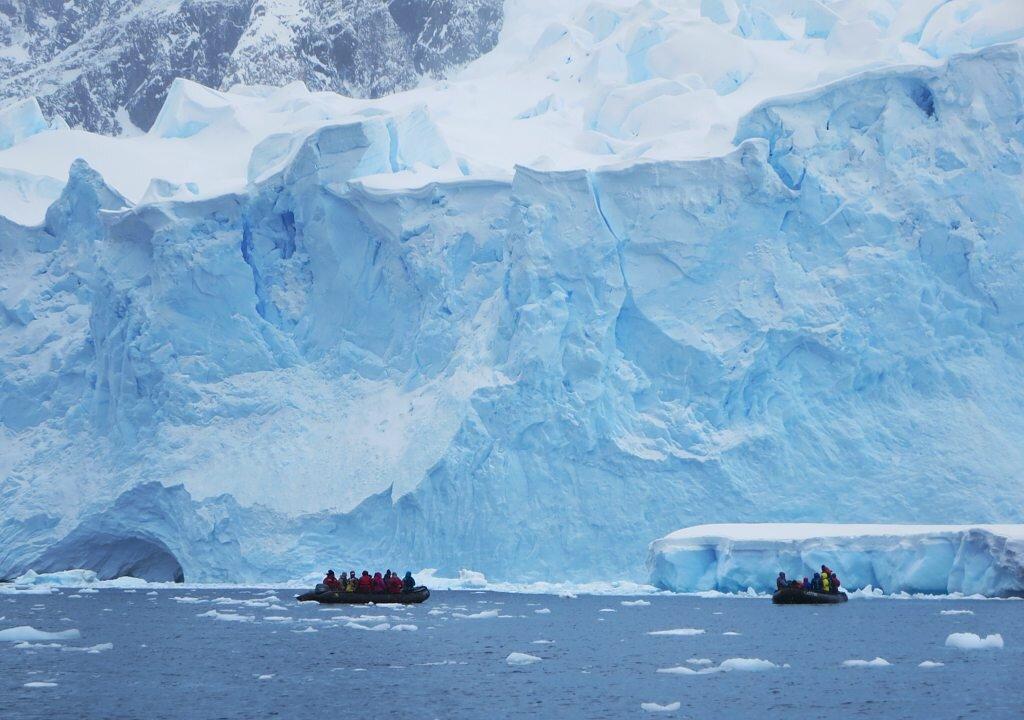Antarctica and Greenland may be two of the most remote places on Earth but what happens in both these vast landscapes can significantly impact on human activity further afield.
Recent changes seen in vast ice sheets could have serious implications for millions of people around the world who live in coastal areas. These ice sheets store enough water to raise sea levels by over 60 meters, and there are some very worrying signs about their stability, especially in West Antarctica.
The real problem lies in the fact that ice sheets are reacting to increases in air and ocean temperatures and contributing to rising sea levels, currently estimated to be around three millimeters a year. While it is clear that ice sheet contributions to sea level rise have accelerated in the last decade or so, there is much more uncertainty about how ice sheets might respond in the future. With one recent study giving estimates which ranged from 60 centimeters to three meters by 2300. And that’s just from Antarctica.
This uncertainty stems from the way ice sheets lose mass and transfer water to the oceans. In Greenland warmer air temperatures melt the ice sheet surface, which then causes water to drain off into the ocean. But in Antarctica, temperatures are so cold that very little of the ice sheet ever melts.

